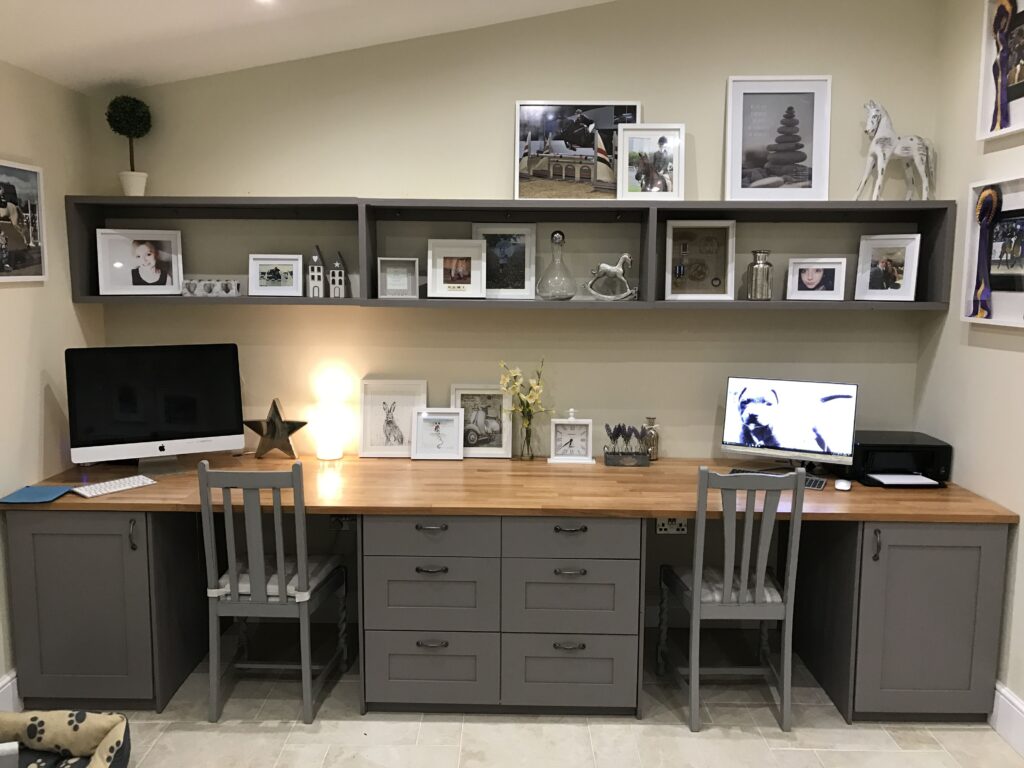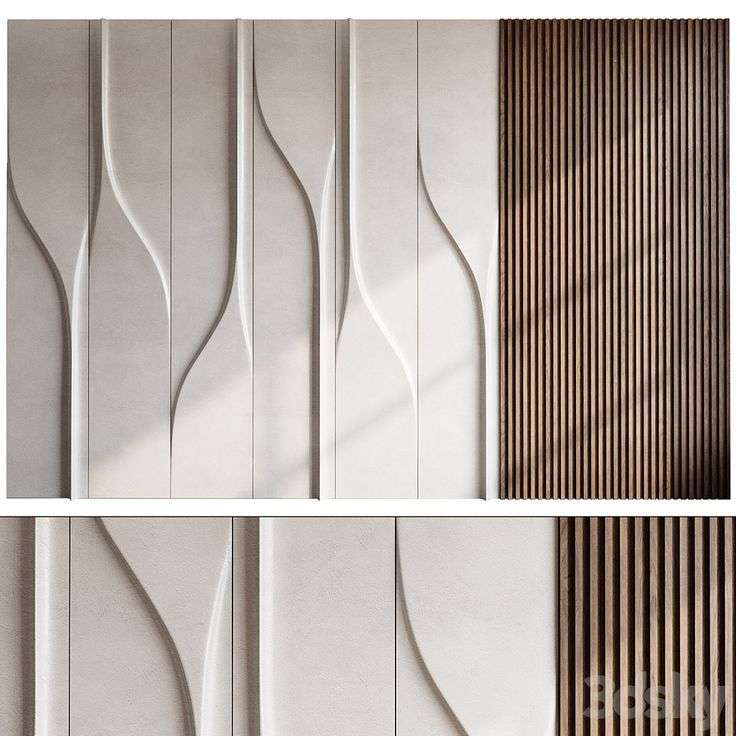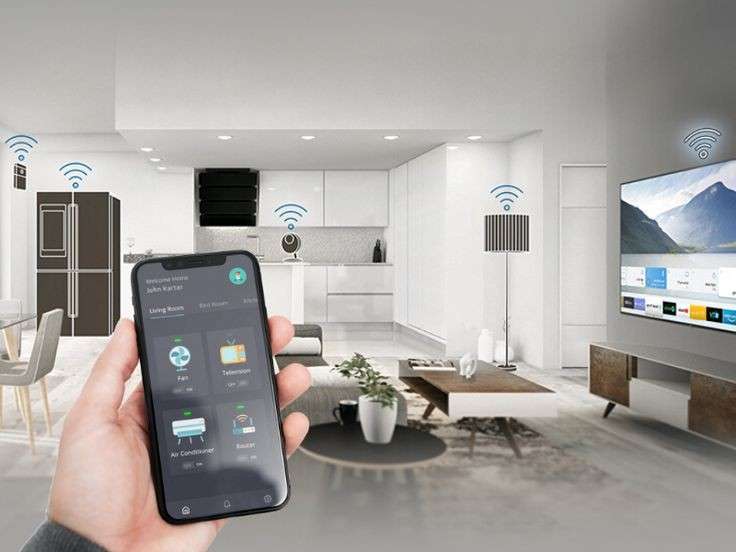
Key Characteristics of Mid-Century Modern Design:
- Clean, Simple Lines: One of the most recognizable features of mid-century modern design is the focus on clean, straight lines. Furniture and architecture from this period prioritize geometric forms, angular edges, and streamlined silhouettes. Unlike the heavy ornamentation of earlier styles, mid-century modern pieces often feature smooth, uncluttered profiles.
- Furniture: Mid-century furniture typically includes clean-cut, simple forms. Tables and chairs often feature straight, slender legs and minimal ornamentation.
- Architecture: The architecture embraces open floor plans with large windows, flat or low-pitched roofs, and asymmetrical facades.
- Organic and Geometric Shapes: While the lines are simple, mid-century modern design often incorporates both organic curves and geometric shapes, adding an unexpected element of visual interest.
- Furniture Design: Curved backs and organic, flowing shapes are often seen in furniture such as chairs, couches, and tables. At the same time, strong geometric forms like triangles, circles, and rectangles are common in design patterns.
- Decorative Elements: The use of circles, hexagons, and abstract patterns in textiles and wall art creates a dynamic contrast against the clean lines of furniture.
- Use of Natural Materials: Mid-century modern design celebrates the beauty of natural materials, combining wood with more modern materials such as metal, glass, and plastic.
- Wood: Warm wood tones such as teak, walnut, and oak are commonly used for furniture, flooring, and paneling.
- Metal and Glass: Materials like stainless steel, brass, and glass are used for their sleek, industrial aesthetic. Glass doors, windows, and open shelving are incorporated to blur the line between indoors and outdoors.
- Leather and Fabric: Leather was often used for seating, with fabrics in bold patterns or muted tones bringing contrast to the natural materials.
- Open Spaces and Functionality: The mid-century modern approach to space planning centers around open, airy layouts. Large windows, sliding glass doors, and open floor plans are often incorporated into the architecture to invite natural light and provide uninterrupted views of the outdoors.
- Indoor-Outdoor Living: Mid-century homes often feature seamless transitions between the indoors and outdoors. Patios, decks, and gardens become extensions of the interior space, creating a harmonious living experience.
- Multifunctional Spaces: The layout of mid-century homes focused on functionality. Rooms are designed for versatility, allowing spaces to be adapted for different uses.
- Bold, Contrasting Colors: Mid-century modern design embraces a palette of both neutral and bold colors. Earthy tones like olive green, mustard yellow, burnt orange, and walnut brown are paired with pops of brighter hues such as turquoise, coral, and red.
- Accent Pieces: Brightly colored accent pillows, rugs, and artwork create focal points and bring life to the otherwise minimalist space.
- Wall Treatments: Accent walls with vibrant paint colors or patterns, or the use of wallpaper with geometric or abstract designs, adds character and depth.
- Iconic Furniture and Decor: Mid-century modern design introduced several iconic furniture pieces that remain highly influential today. These pieces are timeless classics, known for their elegant forms and functional designs.
- Eames Lounge Chair: Perhaps one of the most iconic pieces of furniture from this era, the Eames Lounge Chair is known for its ergonomic design, wooden shell, and luxurious leather cushions.
- Noguchi Coffee Table: Designed by Isamu Noguchi, this coffee table combines organic shapes with glass and wood, creating a sculptural, functional piece of art.
- Arne Jacobsen Egg Chair: This chair embodies the perfect balance of form and function with its organic shape and mid-century charm.



